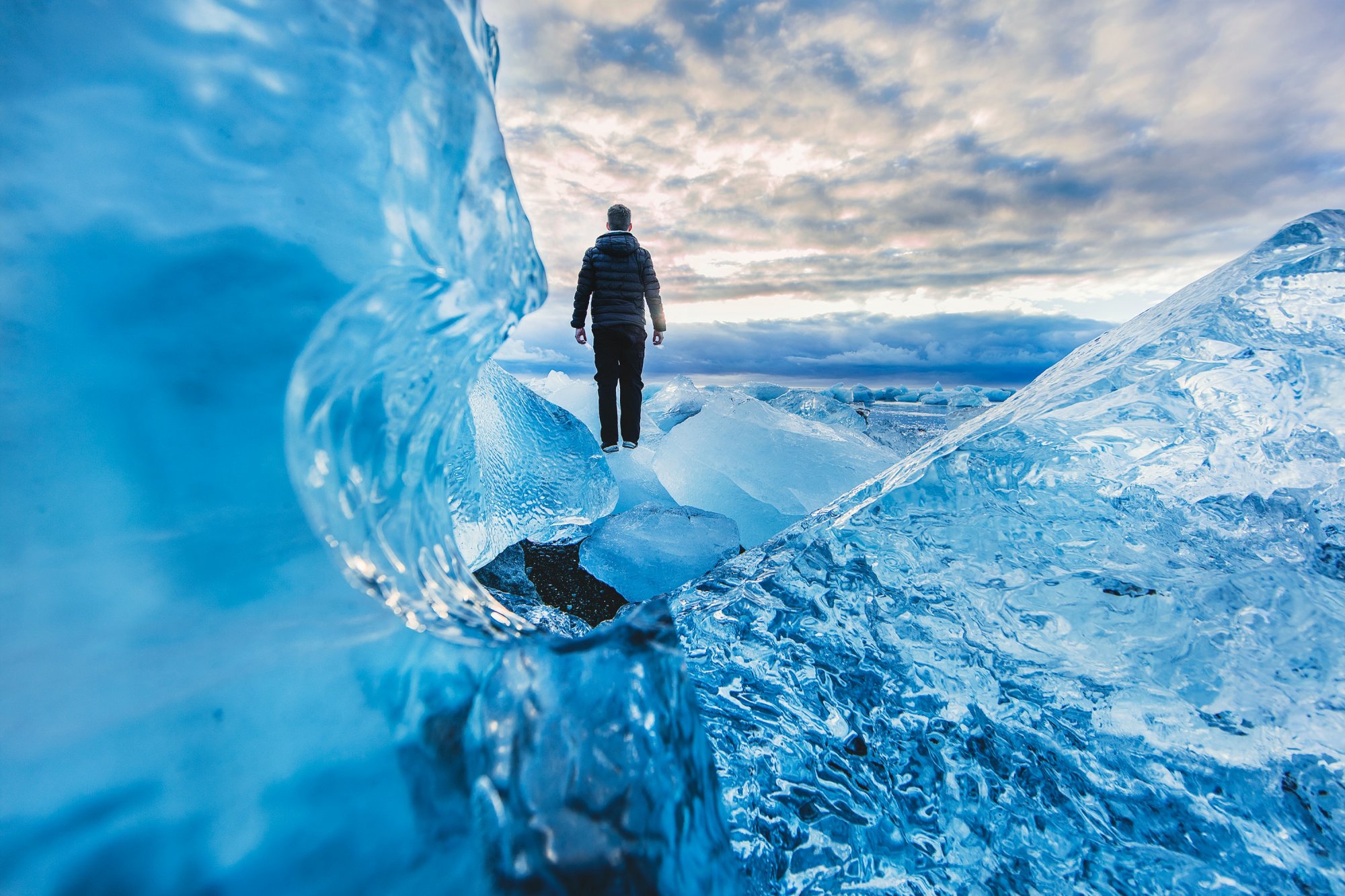If you’ve ever played a sport, gotten injured, seen a chiropractor or had a deep tissue massage, you’ve probably been told to “put an ice pack on it”. You might have had one placed on you before you even felt the pain of your injury.
Your coach or your child’s coach likely has a cooler for both juice and ice packs, and the RICE method is one of the first courses of action after any injury on the field, and icing is the standard in first aid therapy today.
Here’s why you’ll never hear that advice from your acupuncturist, (and why modern science agrees).
Chinese medicine focuses on patterns of nature and how they correspond with and influence the functions of the human body. That means that before microscopes, practitioners were keyed into how fluid and blood moved, how muscle tension affected the system, and even the effects that temperature and weather had on the body and circulation.
In nature, as in the body, cold temperatures make things contract, freeze, and become imobile. This is why people can experience more aches and pains in colder and damp weather- your fluid circulation changes, and we have mapped this out for thousands of years.
During an acute injury, your body activates one of its natural defenses: swelling. Swelling is good for you, and this inflammation is necessary and helpful. It rushes new blood and fluid to the local area, containing immune-boosting cells to protect and repair you.
What Happens When We Apply Ice
When we apply ice, especially to a newly swollen area of the body, we’re causing the fluid circulation to halt and its movement to slow down, (as in nature). This can lead to lasting problems, and the phrase I hear from patients all the time, “I got this injury years ago, and applied ice to it regularly, but it still hurts. I think it’s just chronic.” When we ice an area, we trap fluids that have come in to help, and that now causes much of our residual pain.
Since the RICE method, (Rest, Ice, Compression, Elevation), was coined in the 1978’s, it has been repeatedly disproven as an effective means to reduce inflammation and speed injury recovery. (Again, initially the inflammation is good for you, unless it gets trapped and we can’t clear the old stuff out). Dr. Gabe Mirkin, the inventor of the RICE Method, actually recanted his position on its use.
But What About Wim Hof?
Wim Hof is a longtime health and yoga practitioner and founder of his own healing method, (the Wim Hof Method). This method is based on breathwork, meditation, and cold exposure. Though he is known as “the Ice Man”, Wim Hof is an advocate for all three practices combined, not just cold exposure.
When you breathe properly and deeply, you’re strongly increasing your blood and fluid circulation, making it less damaged by cold exposure, and able to adapt more quickly to changes in temperature.
So, what instead? Stay tuned for my upcoming articles and course on First Aid with Chinese Medicine.
For more info on ice application and the RICE method, see these articles:
The R.I.C.E Protocol is a MYTH: A Review and Recommendations – The Sport Journal
Why Ice Delays Recovery | Dr. Gabe Mirkin on Health (drmirkin.com)




